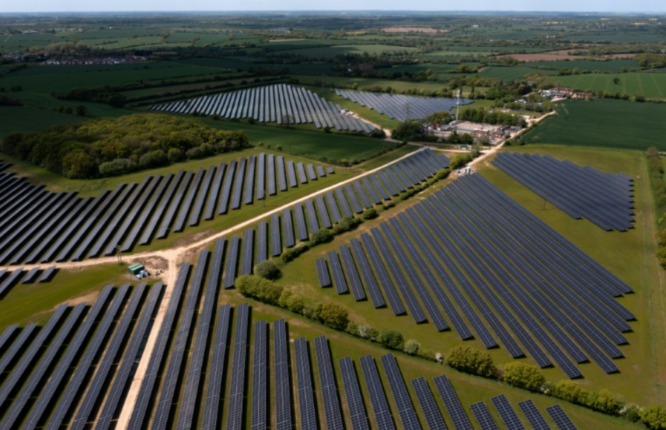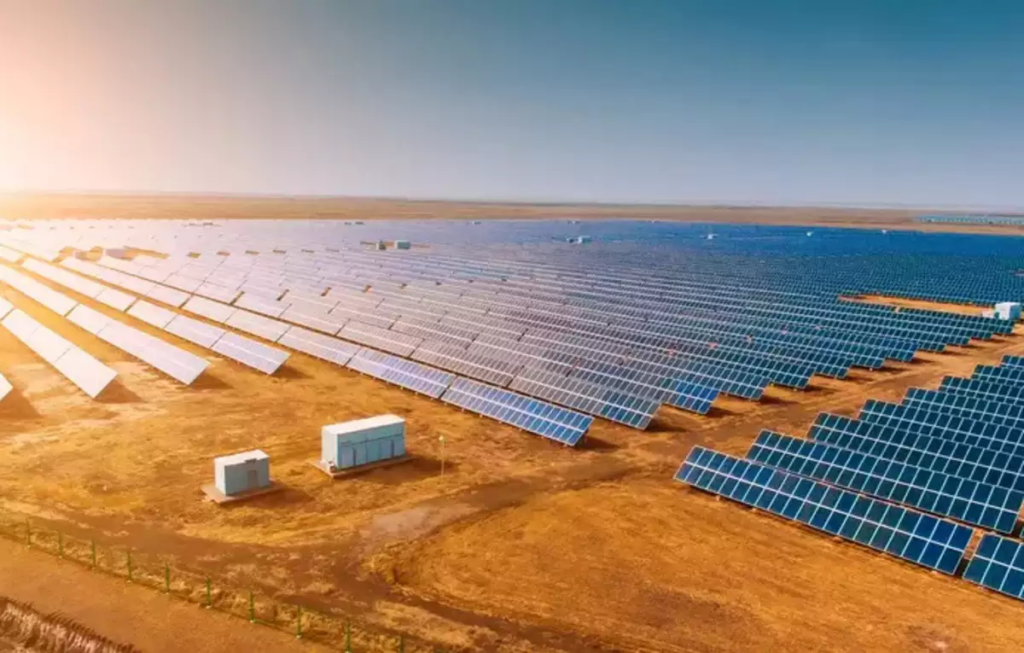Investing in solar surpasses oil: IEA 2023

The IEA reported on Thursday that investments in solar power are expected to surpass those in oil for the first time this year, as spending on renewable energy outpaces that on fossil fuels.
Despite the fact that this is a positive development, the International Energy Agency has warned that investments in fossil fuels are increasing when they should be declining rapidly in order to achieve net zero emissions by 2050.
“Clean energy is moving faster than many people realize,” said IEA Executive Director Fatih Birol in a statement released alongside the agency’s most recent report on energy investment.

“This is evident in investment trends, where clean technologies are displacing fossil fuels,”
According to the IEA, annual investment in renewable energy is projected to have increased by 24 percent from 2021 to 2023, reaching more than $1.7 trillion. The increase for fossil fuels over the same time period was 15%.
Five years ago, investments in renewable energy and fossil fuels were equivalent. But a combination of factors, including elevated oil and gas prices and supply concerns, has led to an increase in expenditure on renewables.
“Investment in solar is poised to surpass investment in oil production for the first time,” Birol explained.
The IEA anticipates that investments in solar energy, primarily photovoltaic modules, will reach $380 billion this year, while investments in hydrocarbon exploration and extraction are expected to reach $380 billion.
Sun King
Dave Jones, director of data insights at the energy think tank Ember, said, “This confirms solar as a true energy superpower.”
As the adoption of electric vehicles gains momentum, the low cost of solar power generation will help to propel decarbonization efforts.
However, the anticipated return to 2019 levels of oil and gas investment this year pushes the industry further away from the IEA’s 2050 net zero trajectory.
The IEA estimates that fossil fuel investment in 2023 will be more than double what the sector should spend in 2030. It could be six times the amount for coal.
Moreover, the IEA noted that renewable energy investment was concentrated in developed nations and China, whereas the largest increases in fossil fuel investment occurred in Middle Eastern countries.
Jones stated, “It is ironic that some of the world’s sunniest regions have the lowest levels of solar investment, and this is a problem that requires attention.”
The IEA also discovered that, for the most part, major energy companies are not investing significantly in the transition to renewable energy.
In the past year, only five percent of their capital flow was allocated to low-carbon and renewable energy or carbon capture projects, roughly a quarter of the total amount distributed to shareholders.
